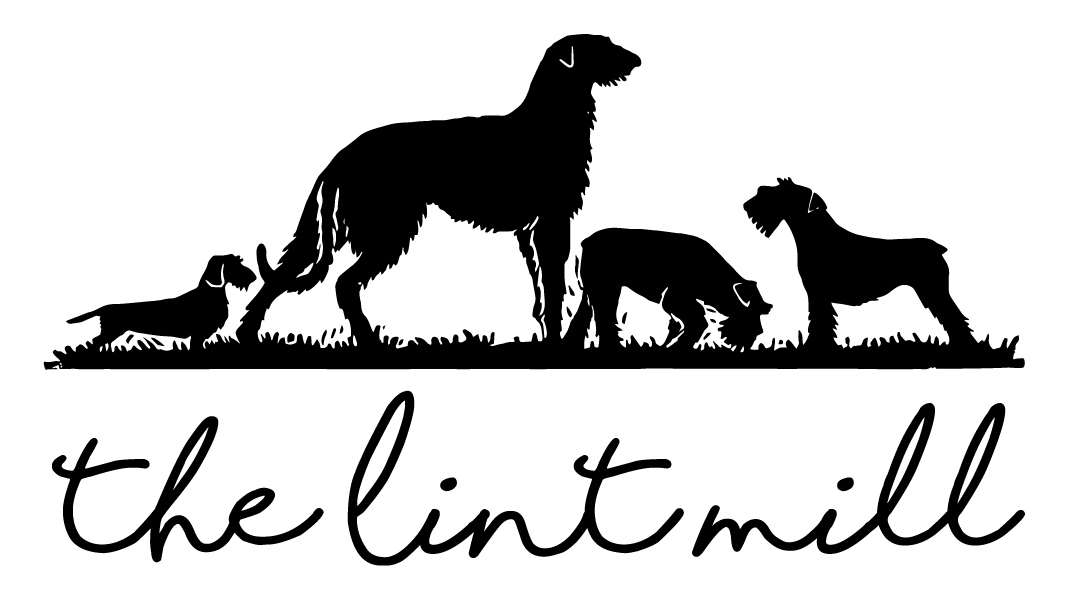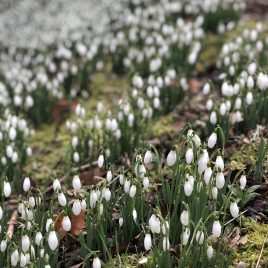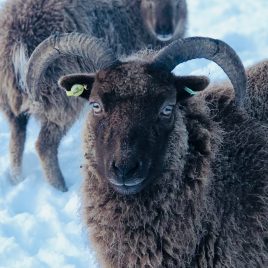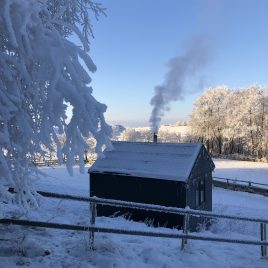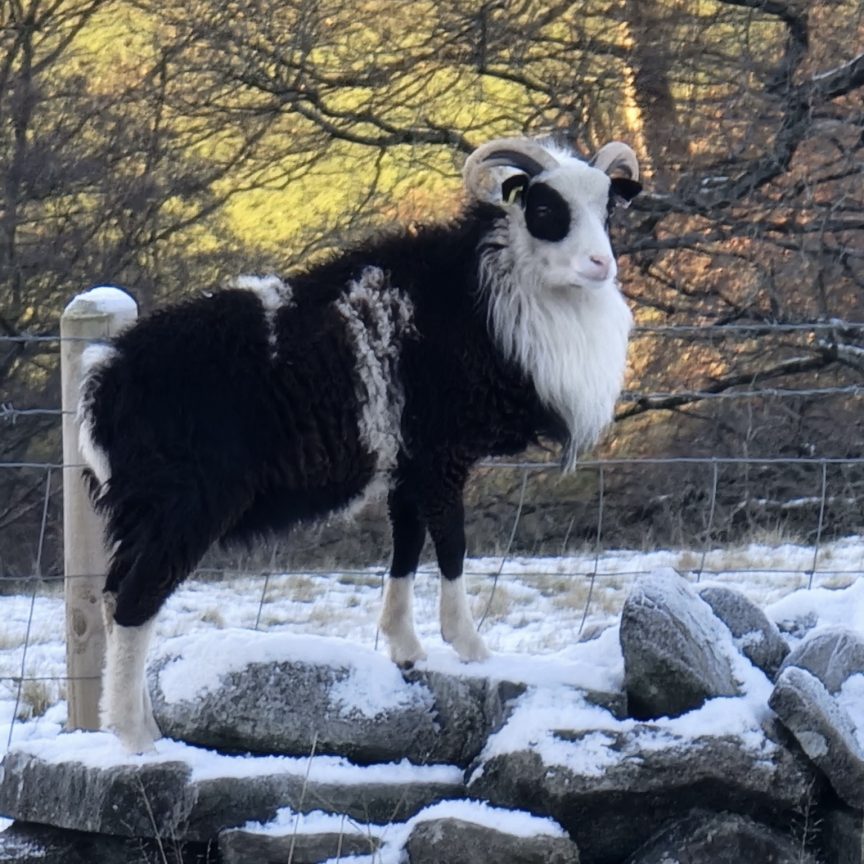
A Sheep of Many Colours
Last month we sadly lost our old Soay tup, Wild End Astor. He was a great ram who had lived at The Lint Mill since he was a lamb. Astor sired well over 100 lambs from our small flock of Soay ewes during his nine years with us. Older tups naturally decline in fertility but we hope that he did one last job for us so that we’ll have his final progeny in 2023. Buying a new tup was a priority and the addition of the wee tup lamb Backforest Thor (and a companion tup lamb Backforest Tiny Tim) to our flock has prompted us to tell you a little more about the breed.
Soay are really unlike any other sheep, being the most primitive of all British breeds with very varied characteristics and a somewhat romantic history that dates back to the Bronze Age.
So, here is a little of that history…
St. Kilda is a group of islands, which form the most westerly part of Scotland. They are 41 miles from Benbecula in the Outer Hebrides (where I led drama workshops for teachers many years ago) and 110 miles from the Scottish mainland. This archipelago consists of four small islands and some large rocky outcrops, which are all that remains of a long extinct volcano. The islands are remote and spectacular with the highest cliffs in Britain and are the home to large colonies of seabirds. There is evidence of human activity on all the islands Hirta, Dun, Soay and the most remote Boreray.
The island of Soay has been the home of the most primitive form of domestic sheep in the UK for thousands of years. They remain a relic of early domestication due to the isolation and inaccessibility of the island. No-one knows how they arrived at the St. Kilda islands or when.
Soays are intelligent, nimble animals with excellent mothering habits, always with quirky behavioural traits and lots of fun to be with. Our flock is bucket trained (meaning they follow you for a feed bucket) because you can’t work these native sheep with a sheepdog as they don’t naturally herd but split apart when feeling threatened. They are excellent conservation grazers, being content in woodland and on hillsides and over the years we have sold them to country parks and castle estates as well as putting together starter flocks for those who wish to start their own flock. The fleece is sought after for many craft uses and their carcass, although very small, produces lean meat of a delicious flavour fetching premium prices for the gourmet trade.
We have always been interested in keeping the diversity of the breed, (one of the reasons we stopped breeding Hebridean sheep was the way the multi-coloured, multi horned breed became the jet black, symmetrically two-horned sheep via the show ring), so we breed for genetic variety which means all the colours, horned polled and scurred.
Soay sheep come in two main colours dark brown and light fawn and two basic coat patterns within each of these colours, ‘mouflon’ and ‘self’. Most of the sheep on St. Kilda are dark and about one third are light. The majority of both dark and light animals have the ‘mouflon’ pattern of markings (named because of its similarity to wild mouflon sheep, a probable ancestor). There is however a rarer variant and that is the pied colour. Backforest Thor is a dark pied tup but with other colours in his genes, so we hope to maintain diversity of colour in our flock.
The current Lintmill Soay flock has all the colours and they make an attractive sight on the hillside with most people mistaking them for goats! They are such lovely sheep but are still considered ‘at risk’ on the RBST survival watch list. If you’d like to know more about St Kilda, take a look at this beautiful video St Kilda, Scotland’s Island on the Edge.
